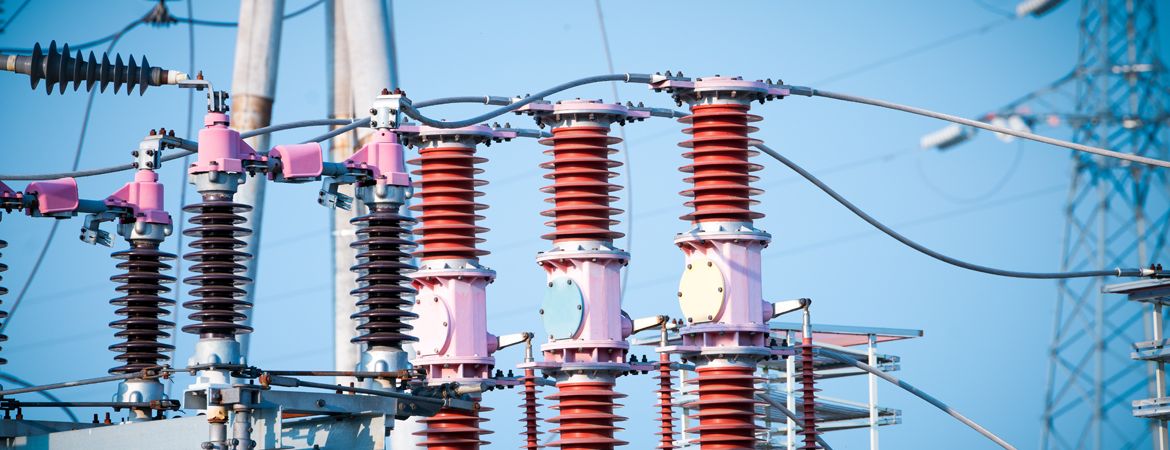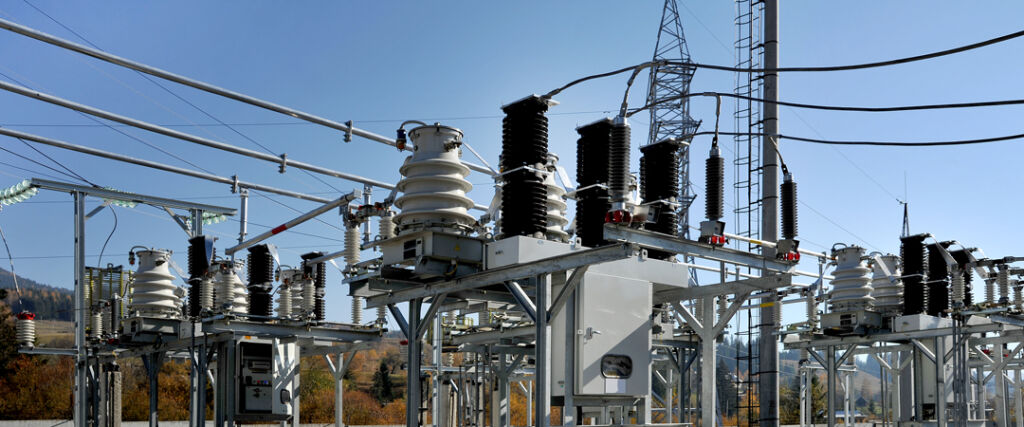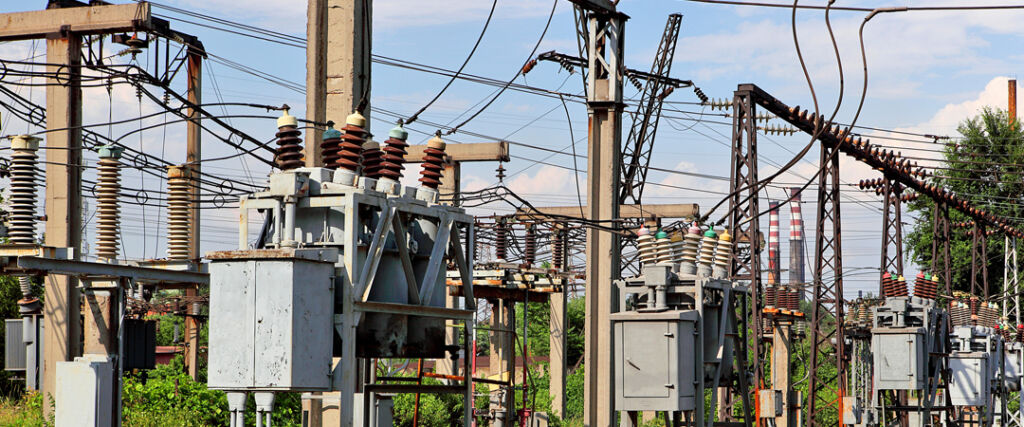
Dry electrical transformers are increasingly being used in various industrial and commercial applications.
But what are dry electrical transformers, and why are they so popular? In this article, you’ll find everything you need to know about dry transformers.
We will explain in detail how they work, their advantages, and common uses. Dry electrical transformers are devices that convert high-voltage electricity into low voltage, or vice versa, without using oil or cooling liquids.
This makes them safer and more environmentally friendly than traditional oil transformers. The main advantage of dry transformers is their low risk of oil leakage, which significantly reduces the risk of fire and environmental pollution.
Additionally, they are more compact, lighter, and require less maintenance than oil transformers. Whether you’re an electrical industry professional or simply curious about this technology, this article will provide you with all the essential information on dry electrical transformers.
So stay with us to discover everything you need to know about these versatile and energy-efficient devices.
How do dry transformers work?
Dry transformers, also known as dry-type transformers, are electrical devices used to step up or step down the voltage in a circuit while maintaining insulation between the primary circuit (high voltage side) and the secondary circuit (low voltage side).
Unlike oil-immersed transformers, dry transformers do not use liquid for insulation and cooling. Instead, they rely on solid insulating materials, such as paper, cardboard, or epoxy resin, to separate the primary and secondary windings. Here is how dry transformers work:
Primary and secondary windings: A dry transformer consists of two windings made of conductive wires: the primary winding and the secondary winding. The primary winding is connected to the power supply, while the secondary winding is connected to the load or device requiring a different voltage.
Solid insulation: Between the primary and secondary windings, solid insulating material is used, typically wound in multiple layers to enhance electrical insulation. This solid material prevents current from flowing directly between the windings while allowing the transfer of electrical energy as a magnetic field.
Electromagnetic induction principle: When alternating current (AC) is applied to the primary winding, it creates an alternating magnetic field around the winding. This magnetic field fluctuates in intensity as the AC current changes polarity.
Magnetic coupling: The alternating magnetic field created by the primary winding is captured by the secondary winding, inducing an alternating voltage within it. The voltage induced in the secondary winding depends on the ratio of turns between the primary and secondary windings. If the secondary winding has more turns than the primary winding, the secondary voltage will be higher than the primary voltage, and vice versa.
Transformed voltage: The dry transformer adjusts the voltage according to the turn ratio between the primary and secondary windings. For example, if the primary winding has 100 turns and the secondary winding has 50, the transformer will reduce the voltage by half.
Cooling: As the name suggests, dry transformers do not use liquid for cooling. Instead, they are designed with cooling fins or heat-dissipating surfaces to release the heat generated during operation.
Dry transformers are widely used in various applications, including building power supplies, energy distribution, industrial equipment, and many other areas where insulation and voltage transformation are required. They offer the advantage of being more environmentally friendly and easier to maintain compared to oil-immersed transformers.

Advantages of Dry-Type Transformers Compared to Oil-Type Transformers
The advantages of a dry-type transformer compared to an oil-filled transformer are as follows:
The dry-type transformer has a longer lifespan, as the oil in an oil-filled transformer eventually degrades. The oil also becomes contaminated, reducing its ability to conduct current effectively.
The dry-type transformer is lighter and easier to transport than an oil-filled transformer, making it simpler for electricians to replace or exchange if needed.
The dry-type transformer requires no special maintenance or management; you can simply leave it alone until it fails or needs replacing. The only time you may need to deal with it is in the event of an electrical fire or another emergency situation.
Since there are no moving parts in the operation of a dry-type transformer, there is less risk of failure due to wear and tear compared to an oil-filled transformer.
Applications of Dry Transformers
Dry-type transformers are used for a variety of applications. Due to their design, dry transformers are ideal for use in harsh environments, such as marine or industrial settings. They can also be used in areas with high humidity. Additionally, dry transformers are constructed without contact, which helps to reduce maintenance and repair costs.
Here are some common applications of dry-type transformers:
Power distribution systems
Distribution networks that supply electricity to homes and businesses require transformers to step down high-voltage power to a lower, safer voltage for human use. These transformers are typically installed in substations or mounted on poles along the power grid.
Communication systems
Dry-type transformers are used in communication systems such as telephone networks and radio stations due to their compact size and ability to operate in high-temperature environments. Dry transformers can also withstand high levels of electromagnetic interference (EMI).
Different types of dry transformers
There are several types of dry transformers, each suited to specific applications based on their design and performance characteristics. Here are some of the most common types of dry transformers:
Distribution transformers: These transformers are widely used for electricity distribution in power networks. They convert high-voltage electricity from substations into low-voltage electricity to supply residential, commercial, and industrial buildings. Distribution transformers are typically mounted on poles or placed in outdoor enclosures.
Power transformers: Power transformers are designed for high-power applications, such as power stations and industrial facilities. They are capable of handling high voltage levels and are often used to step up or step down voltage in electrical substations.
Isolation transformers: These transformers are used to electrically isolate circuits, meaning they maintain electrical separation between the primary and secondary windings. They are commonly used in medical, industrial, and IT applications to ensure electrical isolation.
Control transformers: Control transformers are used to supply low-voltage power to control devices such as relays, contactors, and measuring instruments. They are commonly found in electrical control panels.
Welding transformers: These transformers are specifically designed for electric welding applications. They convert mains voltage into a voltage suitable for welding and provide stable power for electric welders.
Lighting transformers: These transformers are used to power lighting fixtures, spotlights, and other low-voltage lighting equipment, such as garden lights and architectural lighting.
Toroidal transformers: Toroidal transformers have a toroidal design, making them compact and energy-efficient. They are commonly used in audio and electronic applications, such as amplifiers and high-end audio equipment.
Traction transformers: These transformers are specifically designed for public transport systems, such as trains and trams. They are used to convert electrical voltage into the appropriate voltage for powering traction motors.
Each of these types of dry transformers has specific characteristics that make them suitable for their particular application area. The choice of transformer type depends on requirements for voltage, power, insulation, and other factors related to the specific electrical application.

Factors to Consider When Choosing a Dry-Type Transformer
The selection of an appropriate dry-type transformer depends on several important factors to ensure optimal performance and electrical safety. Here are the key factors to consider when choosing a dry-type transformer:
Primary and secondary voltage: It is essential to determine the required primary and secondary voltage levels for your application. The transformer must be capable of converting the primary voltage to the secondary voltage according to your needs.
Load capacity (power): The transformer’s load capacity, typically expressed in kVA (kiloVolt-Amperes), must be sufficient to supply all equipment and devices connected to the secondary circuit. Ensure the transformer is properly sized based on the expected load.
Type of load: The type of load, whether resistive, inductive, capacitive, or a combination of these, can influence the choice of transformer. Certain types of loads, such as electric motors, may require a transformer specifically suited to their needs.
Frequency: The frequency of the electrical network (50 Hz or 60 Hz) must match the transformer’s rated frequency to ensure efficient operation. Transformers are generally designed to operate at a specific frequency.
Environment and location: The location of the transformer, whether indoors or outdoors, should be taken into account. Outdoor transformers must be protected against weather conditions, while indoor transformers must comply with safety and ventilation requirements.
Ambient temperature: The ambient temperature where the transformer will be installed can affect its performance. Make sure the transformer is specifically rated to operate under the expected temperature conditions.
Insulation level: The transformer’s insulation level must meet the safety requirements of your application. It determines the transformer’s ability to maintain electrical separation between the primary and secondary sides.
Standards and Regulations: Ensure that the transformer complies with current local and national electrical standards and regulations. This guarantees the safety and compliance of your electrical installation.
Energy Efficiency: If energy efficiency is important for your application, look for dry-type transformers with high efficiency ratings, as this can reduce long-term operating costs.
Total Cost of Ownership: Consider the total cost of ownership, including the initial cost of the transformer, operating costs, maintenance, and potential replacement costs. This will help you make an informed decision based on your budget.
Supplier and Technical Support: Choose a reliable transformer supplier who can provide technical support, maintenance services, and appropriate warranties.
By taking these factors into account when selecting a dry-type transformer, you can ensure the equipment meets your specific power supply needs effectively and safely. It is also recommended to consult an electrical professional or engineer to help you make the most suitable choice.

